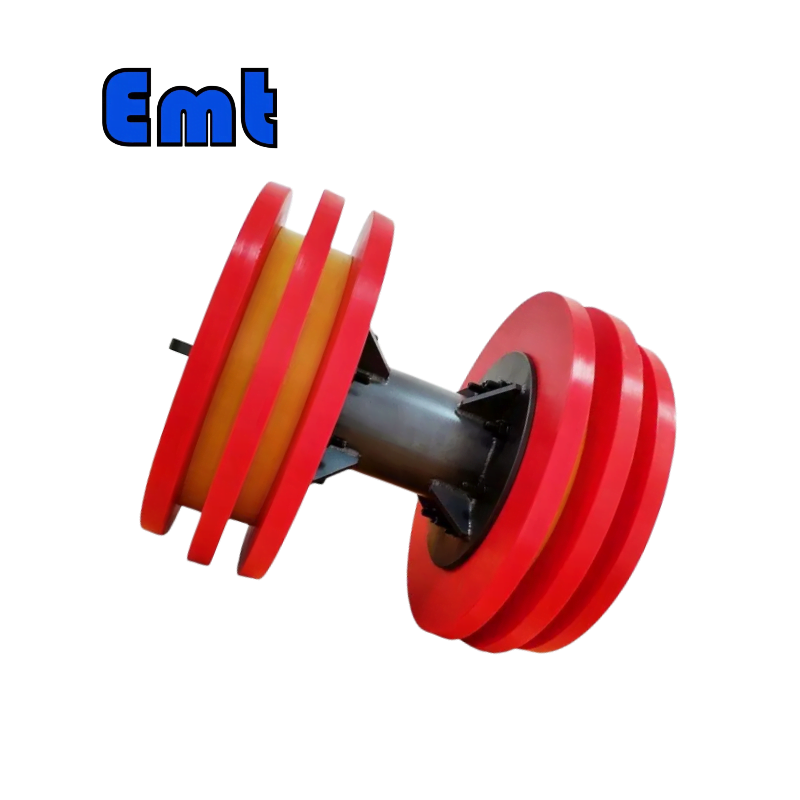Description
Introduction to Bi directional Pig:

A bi-directional pig is a vital tool used in the maintenance and inspection of pipelines, particularly in the oil and gas industry. Its name derives from the acronym PIG, which stands for Pipeline Inspection Gauge.
The defining characteristic of a bi-directional pig is its ability to travel in both directions within a pipeline. Its design, which typically includes cups or discs that enable it to move effectively regardless of the flow direction, facilitates this.
Bi-directional pigs are often used for a variety of pipeline maintenance tasks, including cleaning the pipeline, removing deposits or debris, and inspecting the pipeline’s internal condition. They can also be used to separate different products within the same pipeline.
The use of bi-directional pigs can greatly improve the efficiency and safety of pipeline operations. They help maintain the pipeline’s optimal functioning, prolong its lifespan, and reduce the risk of blockages or leaks that could lead to significant operational disruptions or environmental harm.
Application of Bi-directional Pig
Bi-directional pigs play a crucial role in numerous pipeline applications, thanks to their ability to travel both with and against the flow direction. Here are several key applications:
Pipeline Cleaning:
![]()
One of the primary uses of bi-directional pigs is for cleaning purposes. So they are sent through the pipeline to remove accumulated deposits, sediments, or other debris. This also helps to maintain the pipeline’s efficiency and prevent blockages that could disrupt operations.
Separating Different Products:
In pipelines that transport multiple types of fluids, bi-directional pigs can be used to separate different products, ensuring minimal mixing and maintaining the integrity of each product.
Inspection and Maintenance:
Bi-directional pigs can be equipped with various inspection technologies to assess the internal condition of the pipeline. This might involve checking for signs of corrosion, cracks, or other forms of damage. The data gathered can then guide necessary maintenance work.
Pipeline Dewatering:
After hydro testing, bi-directional pigs are often used to remove the water from the pipeline. They can be pushed through the pipeline to ensure that it is dry before product flow begins.
Applying or Removing Coating:
In some cases, bi-directional pigs can be used to apply (or remove) internal coatings within the pipeline. So this is an important process for protecting the pipeline from corrosion.
In summary, bi-directional pigs are a versatile tool in pipeline management. Their applications range from cleaning and inspection to product separation and coating application, making them an essential part of maintaining pipeline integrity and efficiency.
SUMMARY OF TEST RESULTS | ||||
NO. | TEST PROJECT | UNITS | TEST RESULT | TEST METHOD |
1 | Shore hardness | Shore A | 83 | GB/T531.1-2008 i.e. |
2 | DIN abrasion | mm3 | 21 | GB/T53516-1987 i.e. |
3 | Akron abrasion | crn3 | 0.0518 | GB/T1689-1998 i.e. |
4 | 100% stress at definite elongation | MPa | 3.41 | GB/T528-2009 i.e. |
5 | 300% stress at definite elongation | MPa | 5.74 | GB/T528-2009 i.e. |
6 | Tensile strength | MPa | 51.2 | GB/T528-2009 i.e. |
7 | Elongation at break | % | 1263 | GB/T528-2009 i.e. |
8 | Tear strength (right Angle) | kN/m | 77 | GB/T529-2008 i.e. |
9 | Resilience rate | % | 34 | GB/T168-2009 i.e. |
Pigs come in a variety of forms. Depending on the many roles, then it can be separated into three categories: cleaning, isolation, and detection. It also typically work by workers to clean the pipe wall of wax, rust, and other debris. Cleaning pigs come in two varieties: foam plastic and mechanical.
PVC pigs
![]()
◳ The metal disk, body, and cleaning components of the mechanical pig are included. Because the disc’s primary component is synthetic rubber. So it serves as a sealant and a guide. The sweeping component is composed of an artificial rubber blade or a stainless steel wire brush. To regulate the pig’s traveling pace in the pipeline, several bypass holes are set aside at the top of the front of the animal. The mechanical pig’s wax removal effect is superior. Hard wax deposits can be scraped out using it. Then the structure’s relative complexity is a drawback. As a result, it cannot travel through obstructions and distorted pipes well.
Because polyurethane foam is the primary component of foam plastic pigs. There is a streamlined head. The tail has a saucer-like form. An elastic polymer belt or a spiral metal belt is used to surround the outside. So the pig is trafficable and has good propulsion. Its wax removal ability and wear resistance, however, are not as good as those of a mechanical pig.
Our Services
3. Thirdly, the fastest feedback!





Reviews
There are no reviews yet.